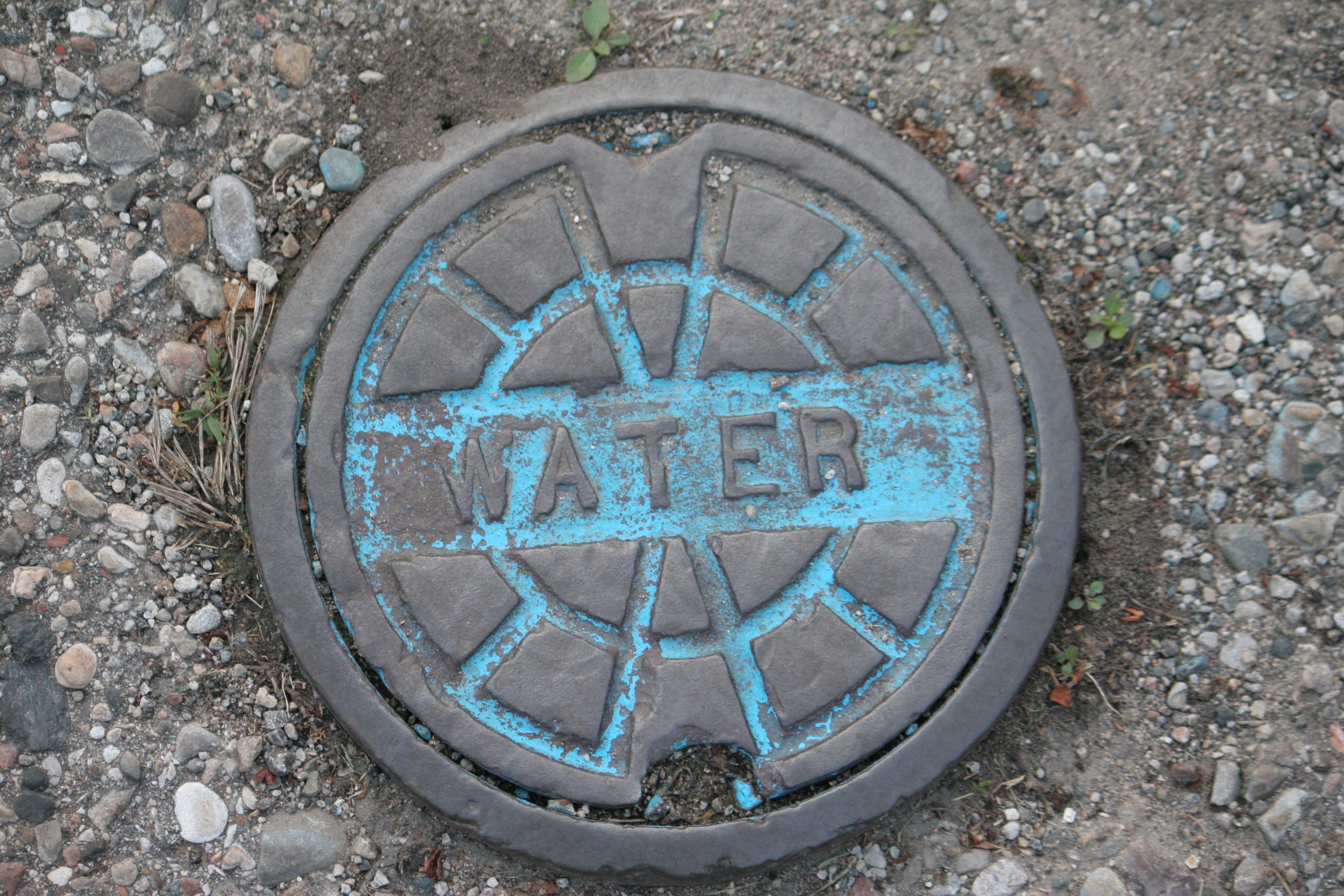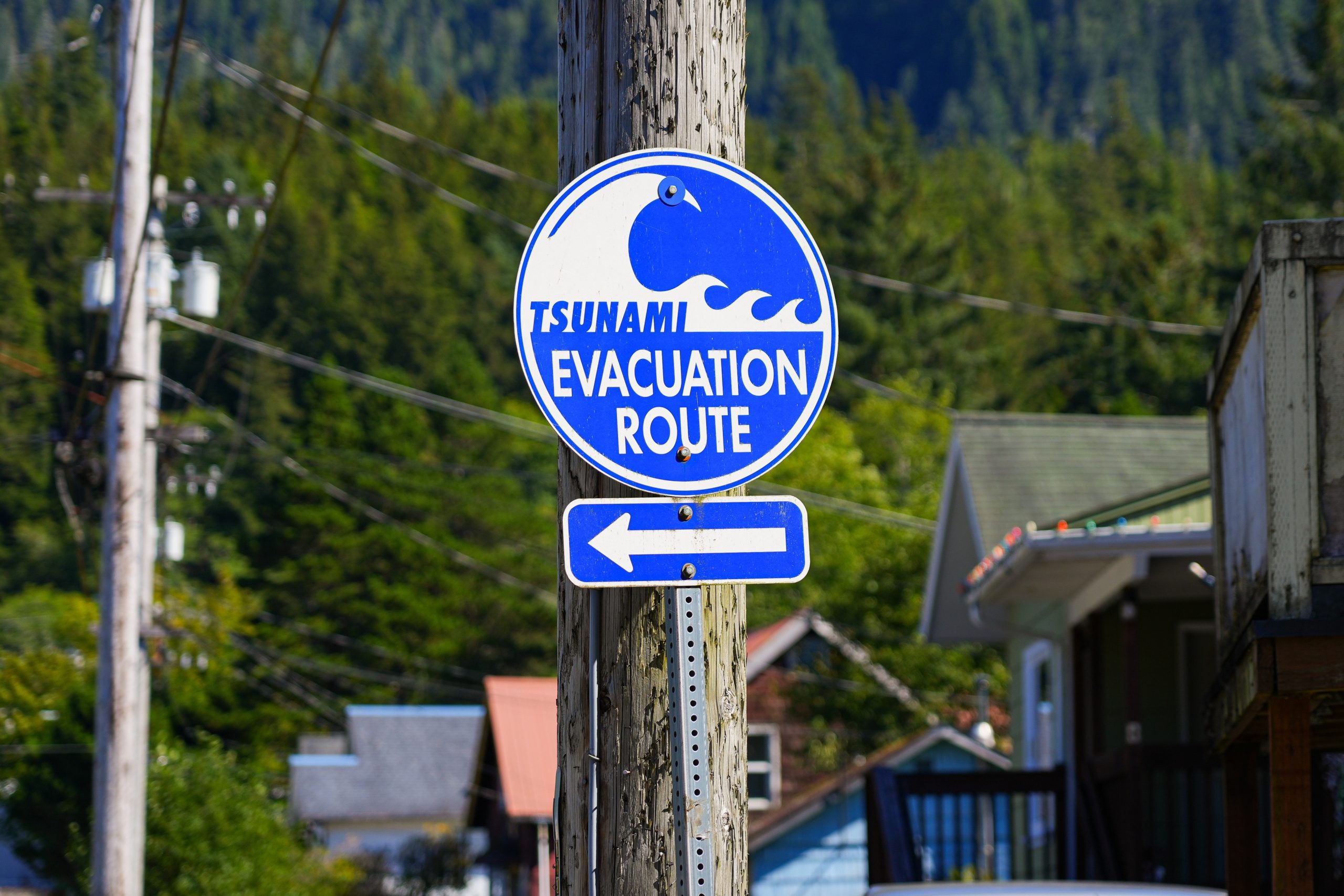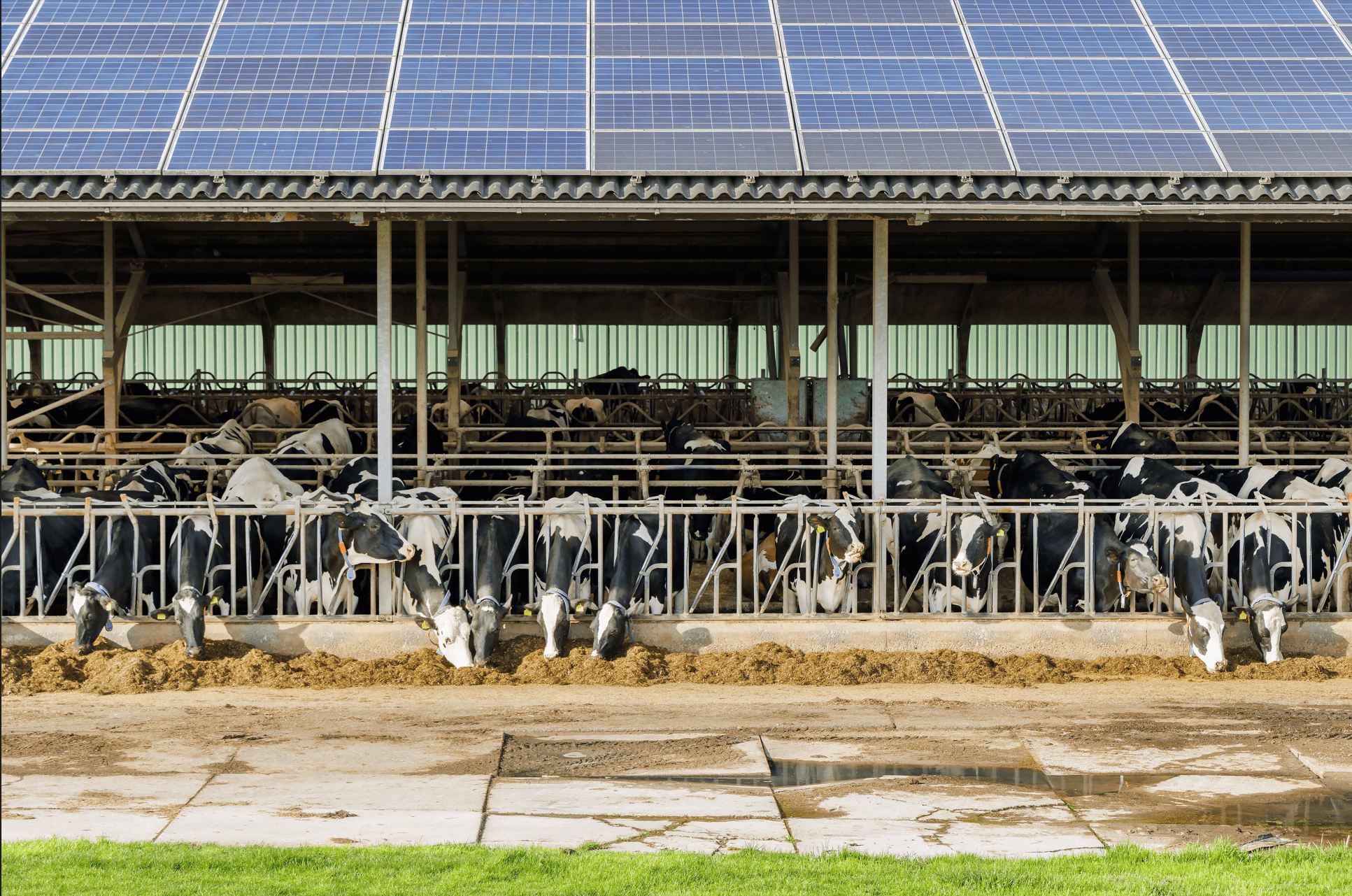
This digest was edited on 4/3/2025 to clarify details regarding EFC classifications.
Federal funding freezes and cancellations continue to impact water projects across the country. As was outlined in the previous digest, in early March the EPA announced its fourth round Department of Government Efficiency (DOGE) spending cuts, this time taking aim at over 400 grants across nine key programs. EPA has yet to publicly share exactly which grants are included in that list. However, a recent Freedom of Information Act (FOIA) request from the Sierra Club provided a glimpse into what has been targeted, which can be viewed on Heatmap News.
Earlier this week, Senate Democrats on the Committee on Environment and Public Works responded to these announced cancellations with a letter demanding EPA Administrator Zeldin provide more information regarding the terminated grants and eliminated environmental justice employees. They have also accused the agency knowingly canceling grants without cause.
One of the targeted programs was EPA’s Environmental Finance Center (EFCs) Grant Program. EFCs, first established by the agency in the nineties, are designed to help communities access funding for much needed water infrastructure projects that improve public health and the environment. When the Infrastructure Investment and Jobs Act (IIJA) was passed back in 2021, more than $50 billion was appropriated for the EPA to use for drinking water, wastewater, and stormwater infrastructure upgrades. Most of the funding is being implemented through the Drinking Water and Clean Water State Revolving Funds (SRF), providing funding to upgrade critical water infrastructure, replace lead pipelines, and treat contaminated drinking water. However, accessing this can be difficult, especially for small water systems with limited personal and capacity. Often, the communities most at risk and in need have the most difficulty acquiring the funding required to address those risks. EFCs help communities overcome this barrier by providing communities with much needed technical assistance to develop project proposals, secure funding, and meet EPA’s reporting requirements once work begins.
To ensure communities facing significant infrastructure challenges have access to IIJA’s water funding, in 2022 the EPA coupled $98 million from IIJA with general EPA appropriations to award up to $150 million in support to EFCs through 2027. They provided funding to 29 EFCs including ten Regional Multi-Environmental Media EFCs and ten Regional Water Infrastructure EFCs (one for each EPA region), alongside four National Water Infrastructure EFCs. Funding for these centers has not been impacted so far. However, of the 400 targeted EPA grants, six are listed as Environmental Finance Center Program grants supporting the following five organizations:
- University of Massachusetts Dartmouth ($1 million across two separate grants)
- Palmetto Futures in North Carolina (~$500,000)
- New Growth Innovation Network in Florida (~$500,000)
- SaNDAI Cares in Virginia ($200,400)
- Alaska Municipal League ($500,000)
These grants span five states and support the organizations listed above in providing technical assistance to help communities apply for SRF funds and comply with EPA reporting requirements. For example, Palmetto Futures assists community-based organizations in the Gullah Geechee Corridor in North Carolina and University of Massachusetts Dartmouth, underserved communities in Massachusetts. New Growth Innovation Network in Florida is tasked with supporting underserved communities nationwide and is using the challenged grant funding to develop and disseminate a playbook summarizing best practices regarding EPA grant reporting and data collection.
Notably, most of the targeted grants have already begun work. Nearly all of the projects’ start dates are prior to the announcement and about half had already paid out some of the obligated funding according to USASpending.gov records. What exactly will happen to these grants remains to be seen. EPA is expected to share more information as part of their complete response to the Sierra Club’s FOIA by April 12.


